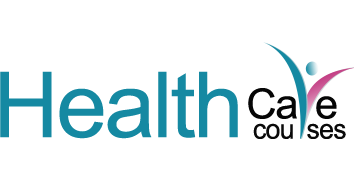Health Level7 - Exploring the Standard
Health Level7: A Comprehensive Guide
Health Level7 (HL7) is a set of international standards for the exchange, integration, sharing, and retrieval of electronic health information. It plays a crucial role in the healthcare industry by facilitating interoperability between different systems and applications.
Introduction to HL7
HL7 standards are developed by Health Level Seven International, a non-profit organization that focuses on the development of international healthcare informatics interoperability standards. These standards define the format and structure of electronic health data to ensure that information can be exchanged accurately and securely.
Key Components of HL7
HL7 standards consist of several key components, including:
- HL7 Reference Information Model (RIM)
- HL7 Clinical Document Architecture (CDA)
- HL7 Fast Healthcare Interoperability Resources (FHIR)
Benefits of HL7
Implementing HL7 standards in healthcare systems offers numerous benefits, such as:
- Improved data exchange and interoperability
- Enhanced patient safety and care coordination
- Streamlined administrative processes
HL7 Statistics
| Statistic |
Value |
| Number of HL7 members |
Over 2,000 |
| Years since HL7's inception |
More than 30 |
Conclusion
Health Level7 is an essential standard in the healthcare industry that facilitates the seamless exchange of electronic health information. By adopting HL7 standards, healthcare organizations can improve interoperability, enhance patient care, and streamline their operations.
